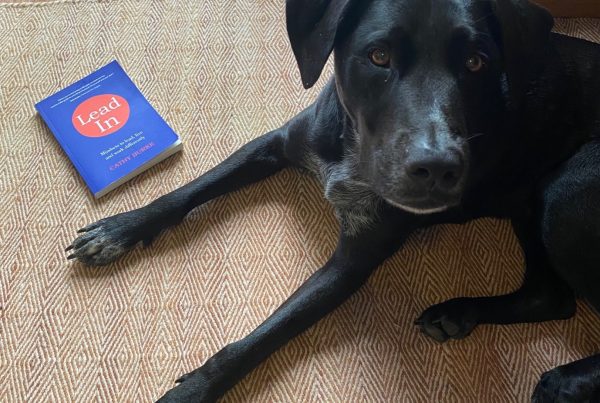Being a good leader can seem really complicated and difficult, but for me, the first leadership decision you need to make is to lead yourself. Leadership doesn’t start with having a team to lead, or an organisation, or amassing followers. That is second level leadership. Self leadership needs to be the first place to look in developing a culture of leadership.
We get so caught up with labels and job titles, as though we need permission to lead. And in an old paradigm of leadership this is true. However to truly be effective, you need to lead yourself before you can have any lasting ability to lead others. So let’s look at ways to empower self leadership in ourselves and others.
The Potential Project’s research in their book The Mind of a Leader is illuminating. Over two years, they with Harvard Business School, interviewed 35,000 leaders, and held in depth long interviews with 250 C Suite leaders from all over the world. They were trying to understand what the key leadership capabilities and traits that we need as leaders.
They found that good leadership isn’t about being bold, or visionary. The overwhelming three key traits were linked to self leadership, and they weremindfulness, selflessness and compassion.
Let’s unpack these three distinctions.
By mindfulness, we sometimes think we need to be long-term meditators, and wear pink robes and go to temple! But as I wrote about here, to be mindful is being able to pause and be awake to what you’re feeling and your motivations. It’s that little pause button before you act and respond.
Too often we’re oblivious to what’s going on within us and around us. In an organisational context, when people are not bringing mindfulness to how they respond and how they react, there is collateral damage that is costly to people and to the business.
We will always have reactions and feelings. We will always feel annoyed about different stuff – we’re human! Being mindful is simply about bringing awareness to it. I practice mindfulness throughout the day, to ground me and help me be the best I can be despite the complexity around me. I practice mindfulness before I go into a board meeting, or speak with a client, or even write my newsletter!
By practising mindfulness, you’ll start to notice that the micro gap we have to choose a different response, widens over time. So initially you’ll still act out your annoyance and reactivation, but over time you’ll find yourself with some space to choose how you respond.
The second leadership quality they found is selflessness. We’ve all had leaders that were more about feathering their own nest or their own career than actually doing what was right for the organisation or customer. And we’ve seen the massive fall out of that behaviour and the consequences of a lack of selflessness through the different Commissions in Australia we’ve been having.
A selfless leader is someone who puts the integrity of the mission or organisation before themselves. That sounds pretty clear, but selflessness has nuances to it. I’ve been a selfless leader, very mission driven and acting ethically – but as a leader I’ve also been selfish. Earlier in my career, I would go into a meeting, and take over, doing the talking and explaining. In my head I was thinking I needed to be like this for the role – I thought I was the best person to close the deal/speak/lead the initiative.
But no one can grow in that space. I was like a tree with all of the shade, and looking back, it didn’t come from the space of power. I was leading from a space of insecurity. Practising selfless leadership has many aspects to it.
The final one is compassion. Compassionate leadership strengthens connection between people. It fosters higher levels of trust and loyalty. It acknowledges our shared humanity. Being compassionate brings people to the fore. Who am I working with? How can I help them blossom?
Compassion often gets mushed up with empathy and sympathy. It’s seen as soft. But being a truly compassionate leader takes courage. A compassionate leader calls forth greatness in their team, even when they know the task ahead is difficult. They hold the space for people to grow and evolve.
Self compassion is part of this. Sometimes we speak to ourselves and treat ourselves in ways we would never tolerate in another. We can be our own worst enemy. We push through instead of pausing. Practising self compassion – reminding ourselves of our humanity, that we too are flawed, fragile beings, and expressing love and care for ourselves is an act of leadership. Compassionate organisations understand this.
What do you think of these three qualities of leadership? Are you surprised by them? How can you foster these in your organisation? Please let me know!





